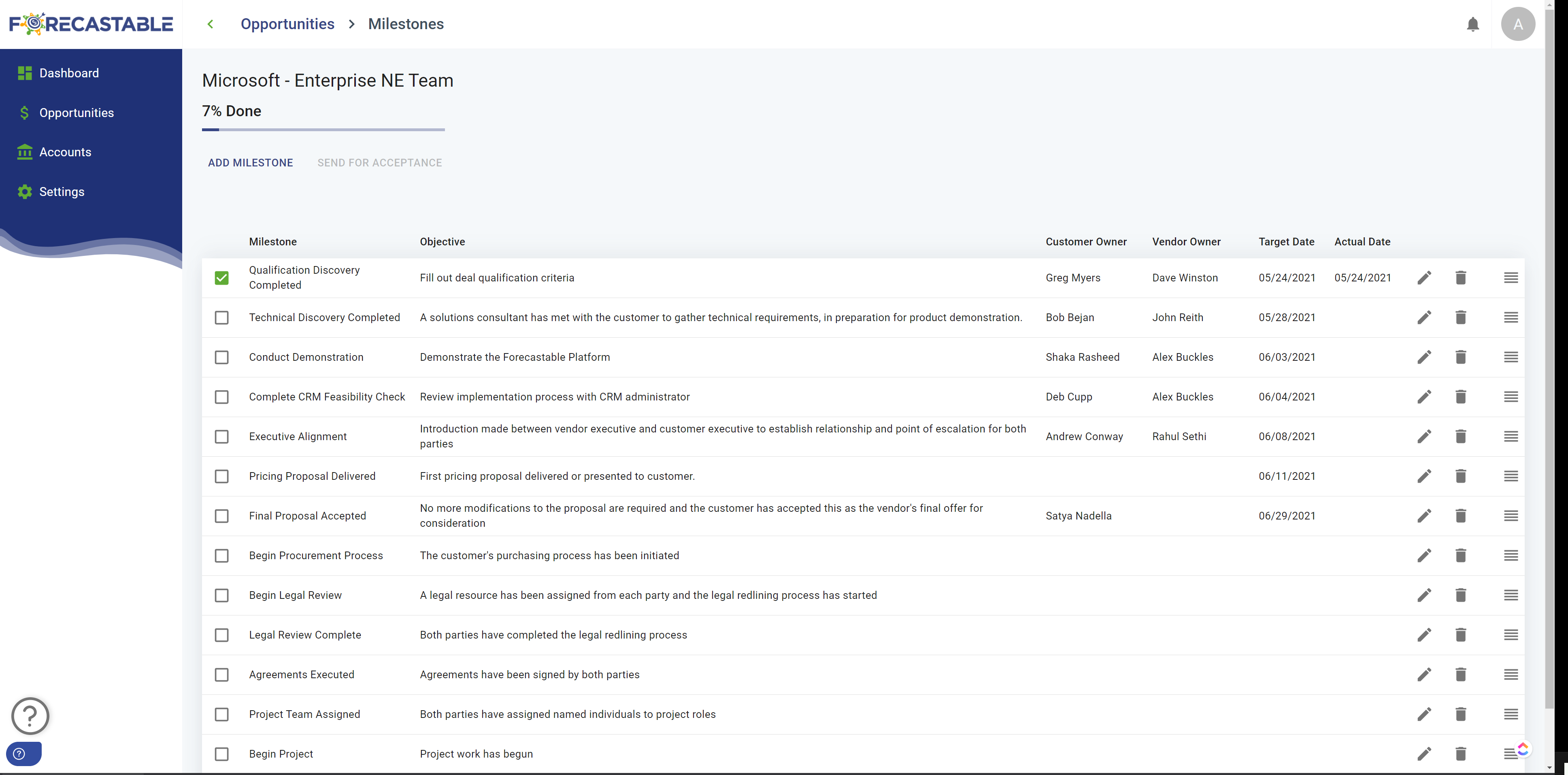The Differences Between Decision *Process and Paper Process in B2B Sales*

Many sales organizations leverage the MEDDPIC sales qualification methodology. For those that don’t, it’s:
Metrics
Economic Buyer
Decision Criteria
Decision Process
Paper Process
Identify Pain
Champion
The two areas we’re focusing on are Decision Process & Paper Process.
Decision Process:
Before walking through all of the contracting paperwork, someone within the buying organization must first decide whether or not to purchase your product or service. If it’s a competitive situation, they not only have to decide to buy something to solve their challenges, but then have to decide on which solution is the best solution for them (deciding on whether or not to buy from YOU).
First Point of Decision Process Qualification – Category Purchase: As the seller, ask yourself the question, “Has the buyer already decided they are absolutely going to purchase something in this category to solve the problem(s) they’re looking to solve?” Most of the time, this is a yes, unless they just happened to have stumbled across your offering and made an impulsive and premature decision to reach out, when there’s no formal initiative or documented pain they need to solve. If the latter is the case, you’ve got some more qualifying to do for sure and you can bet the cycle will likely be much longer.
Second Point of Process Qualification – Vendor Selection Process: Once you’ve validated they’re going to make a purchase in your category, it’s time for the real work to begin around systematically identifying what you need to do to get them to make a decision in your favor. That all begins by poking & prodding around a few key questions:
Direct asks:
- Who will be the ultimate and final decision maker for this purchase?
- As you go through this evaluation with us, I’d imagine your decision maker is going to rely on various team members for their input and opinions. Which folks do you think he/she will rely on?
Questions you should be asking yourself?
Who else or what roles would a purchase like this impact? Don’t solely rely on who they name as being involved. If there are other stakeholders that “should” be involved, and it’ll help make your case, it’s good to find out who those people are and get them involved in some capacity.
What level of authority or influence does each stakeholder have? Samples:
- Economic Buyer
- Influencer
- Coach
- Champion
- Business/Functional Evaluator
- Technical Evaluator
- Decision Maker
What should I be aware of socially or politically within the organization?
- Who’s friendly with whom?
- Where are people not so friendly with each other?
- Look for little, but important, nuances like if you find out that a low-level functional evaluator was hired on the recommendation of the decision maker, then that person’s opinion may have more influence than others’ feedback, given their history. Details matter.
Determining Preference, by Stakeholder:
- Once you know who’s who in the zoo, it’s time to get much more granular to either convert each stakeholder to a supporter of your solution or somehow neutralize those you’re unable to convert.
At the end of this effort, in general, if you have the right stakeholders or the right number of stakeholders as supporters, you’ll likely be selected as the vendor of choice. Let’s just hope you weren’t forecasting that close date for tomorrow though because now that you’re the vendor of choice, it’s time to go through the contracting or paperwork process.
FYI – It’s More Complex in Co-Sell Motions
Paper Process:
The paper process is the contracting process each buyer must follow in order to approve/accept and contract with a vendor, once they’ve made the decision to purchase. This process could include information security reviews, audits, insurance requirements, contract redlining, committee approvals for spend above a certain dollar amount, etc. — There are so many items that could be involved, which is why the paper process can be as quick as just a few days or as long as six months.
If you’ve achieved vendor of choice and have yet to ask them questions about their paper process, you’re likely in for a slipped deal, which is defined as a deal that will close beyond the close date you’ve committed. It’s not the end of the world, but if that was a key deal for you or your team in forecast, it will make a lot of people unhappy.
To avoid timing surprises at the end of your cycle, it’s important to understand their paper process as early as possible. It’s likely something you’ll figure out over time as you get opportunities to ask questions.
The most basic question to start all of this is, “Have you made a purchase of this size before?”
- If you’re dealing with a decision maker that has not, then you want to put that bug in their head early → “Assuming all the stars align and we’re chosen as your vendor, what would the contracting process look like? I’m sure all of the vendors you’re evaluating will want this so they can estimate a project kick-off date for your team.”
- If they have made this kind of purchase before, you can casually say something like, “That’s great. Real quickly, since you’ve been through this before, what was the contracting process like once you made the decision to move forward? Some folks have wild processes and some are really simple, so I’m just trying to get a feel for yours.” — Almost everyone will answer this question directly and honestly.
- After they answer, prod a little bit more with something like, “Okay, so probably about a month-long process?” — See if they correct you, confidently agree with you, or hesitantly agree with you.
Once you have some semblance of what the process looks like, be sure to document that in the evaluation plan and ensure the close date you’re forecasting seems reasonable and achievable. Continue to pay close attention to your dates because if one of those milestones in your plan is delayed for a meaningful amount of time, you may want to check your close date again. This could be a great opportunity to involve and collaborate with your prospect as well.
Example Question while showing evaluation plan: “We’re running 2 weeks late on this one milestone, which looks like it’ll put the kickoff date of 8/1 at risk, unless we can make up some time over here in these next milestones. What do you think?” — Make it about them and their kickoff date; not about you and your close date.

FYI – It’s More Complex in Co-Sell Motions
Uncover Your Growth Potential
Whether starting with a single sales team or a single partner, any co-sell motion can be live within 30 days.
Schedule a Discovery Call



